Change to attract customers
If in the past, when talking about visiting museums, many people often felt hesitant because of the rigidity of the artifacts or the lack of attractiveness of the exhibition space, now, along with efforts to change the way of displaying, the rapid development of the fourth industrial revolution, digital space has made many museums "transform" into smart museums that attract a large number of visitors. Currently, many museums have boldly applied advanced technologies to exhibition activities such as virtual reality (VR), online 3D exhibitions... to serve the diverse needs of visitors.
A typical example is the National History Museum, which has been a pioneer in applying 3D virtual reality technology in exhibition activities for many years. Not only does it introduce interesting experiences to the public, this technology also has the ability to store for a long time, creating favorable conditions for visitors to learn and research even after the exhibition has ended. Accessing the museum's website, visitors can visit and learn about artifacts on a 3D platform by using the arrows on the screen to move, while viewing the exhibits and listening to the inspiring voice of the virtual tour guide.
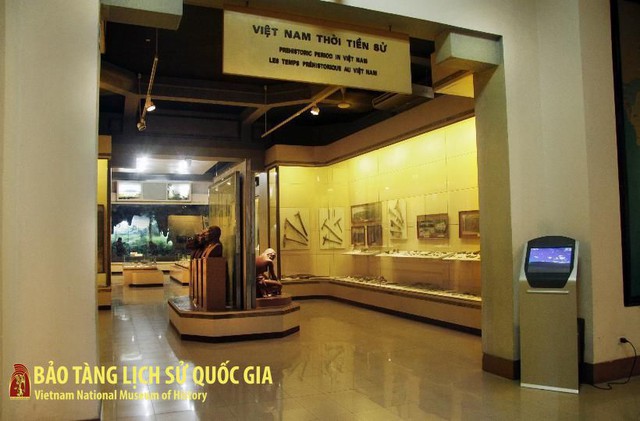
3D Exhibition of Prehistoric Vietnam at the National Museum of History
Or the Vietnam Fine Arts Museum is also one of the museums that is highly appreciated for implementing digital technology applications to enhance the experience for visitors. Currently, the Vietnam Fine Arts Museum is applying many technology products for display and exhibition work such as iMuseum VFA multimedia explanations, 3D Tour, online art exhibitions... In particular, recently, with the VAES Online Art Exhibition Space Solution, the Vietnam Fine Arts Museum was awarded the Outstanding Digital Transformation Career Unit Award.
Director of the Vietnam Fine Arts Museum Nguyen Anh Minh shared: "With the development of technology, the increasingly diverse needs of the public and the requirement to preserve and promote the value of artifacts and cultural heritage, it has shown that the application of digital technology is an inevitable trend in museum activities. It is considered a "means" to attract the public, especially young people, to be more interested in museums, culture and national history.
Because, when applying technology, the artifacts and heritage of the museum displayed in a static state become more narrated, thereby creating a vivid and interactive experience for viewers, helping viewers easily access and understand more deeply the value of the heritage and artifacts on display. In addition, the application of digital technology helps the museum become an ideal tourist destination, thereby being able to cooperate with travel and tourism businesses to develop the economy."
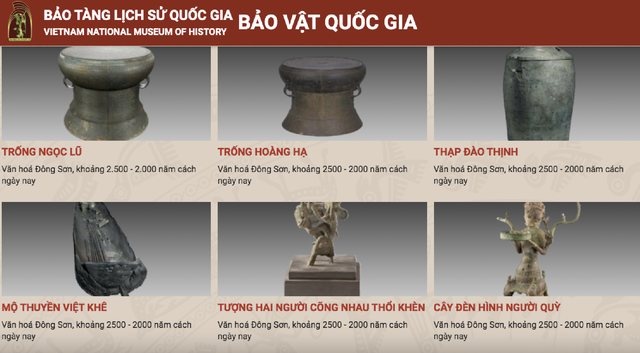
Images in the 3D virtual interaction "National Treasures" of the National History Museum
According to Mr. Nguyen Anh Minh, in recent years, thanks to the active application of digital technology in introducing fine art works as well as the application of digital technology in modern communication work on cyberspace, the number of visitors to the Vietnam Fine Arts Museum has increased by 200-300% compared to previous years. "This is truly a new and effective direction on the development path of the museum in recent times" - Mr. Nguyen Anh Minh emphasized.
There needs to be mechanisms and policies to promote public-private partnership.
Thereby, it can be seen that, faced with the need to innovate to attract visitors, museums are forced to adapt to the times, diversify the forms of introducing artifacts and improve the quality of visitors' experiences. However, the application of digital technology in museum activities is not yet considered a necessary task, accordingly, there are currently no specific policies and regulations, so the application of digital technology in museum activities still faces many difficulties and challenges.
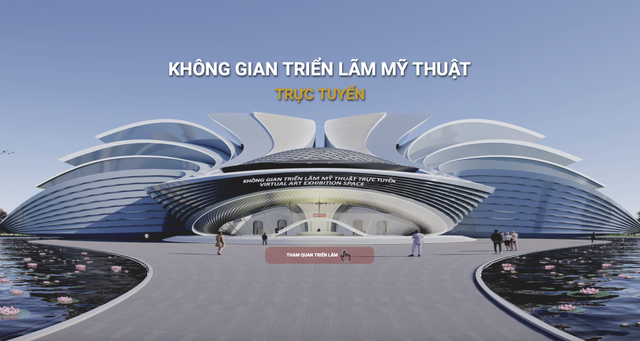
VAES online exhibition space of Vietnam Fine Arts Museum
Mr. Nguyen Anh Minh said: "The biggest difficulty when applying digital technology to museum operations is human resources and finance. Because, currently, in the museum's professional staff, there is a lack of staff with in-depth expertise in information technology, so it is impossible to build technology-related products. Besides, investing in technology is also very expensive. For example, using 3D mapping technology, a projector alone costs billions of VND, not to mention product design, usually museums will not have enough funds to implement. Therefore, museums often have to call for support and cooperation from external partners to carry out projects together."
"However, up to now, the State has not yet had regulations, mechanisms, and policies to promote public-private cooperation and mechanisms to encourage individuals and units to coordinate investment with museums to carry out the task of applying digital technology in museum operations. Therefore, there are not many socialized projects, and not all cooperation models are effective and sustainable," said Mr. Nguyen Anh Minh.
According to Mr. Nguyen Anh Minh, another difficulty that museums will encounter when applying digital technology is that technology is easily outdated, so it is necessary to continuously improve and update new technology. Meanwhile, the museum's human resources are not enough to meet the requirements and it is still necessary to cooperate with businesses with high-quality technology resources. In addition, copyright protection is also a challenge for museums today.
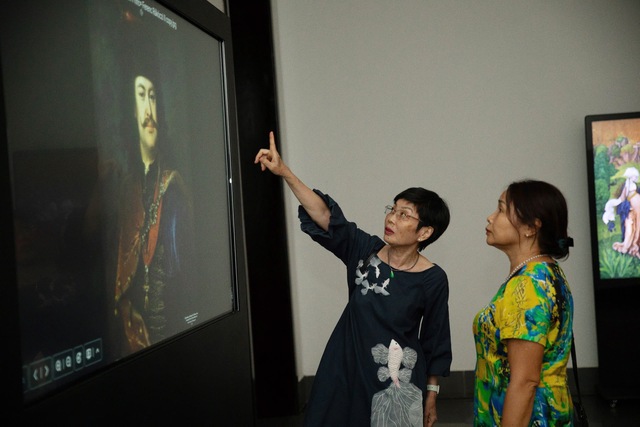
Visitors experience a digital exhibition using interactive screens at the Vietnam Museum of Fine Arts.
To solve the difficulties, strongly promote the application of digital technology in museum operations to attract more public attention in the coming time, Mr. Nguyen Anh Minh said: "The State needs to have more appropriate mechanisms and policies to attract socialized capital sources, promote public-private cooperation, especially in the field of promoting the value of museum artifacts on digital platforms. Because when there are mechanisms and policies, museums will have the opportunity to choose more suitable and quality partners, first of all, with strong financial capacity to be able to accompany the museum for a long time. In addition, there is the ability to use modern technology, promptly update and predict technology trends in the world to meet the operational needs of the museum as well as the needs of the public.
Along with that, museums must also focus on training quality human resources with good expertise to be able to operate techniques well after technology transfer. At the same time, it is necessary to continue to innovate and be creative in the process of building exhibition content so that when technology is applied, it will create more attraction for visitors."./.
Source: https://toquoc.vn/ung-dung-cong-nghe-so-tao-suc-hut-de-bao-tang-den-gan-hon-voi-cong-chung-20241011104820251.htm


![[Photo] Moment of love: Myanmar people are moved to thank Vietnamese soldiers](https://vstatic.vietnam.vn/vietnam/resource/IMAGE/2025/4/3/9b2e07196eb14aa5aacb1bc9e067ae6f)

![[Photo] Comrade Khamtay Siphandone - a leader who contributed to fostering Vietnam-Laos relations](https://vstatic.vietnam.vn/vietnam/resource/IMAGE/2025/4/3/3d83ed2d26e2426fabd41862661dfff2)
![[Photo] Special relics at the Vietnam Military History Museum associated with the heroic April 30th](https://vstatic.vietnam.vn/vietnam/resource/IMAGE/2025/4/3/a49d65b17b804e398de42bc2caba8368)

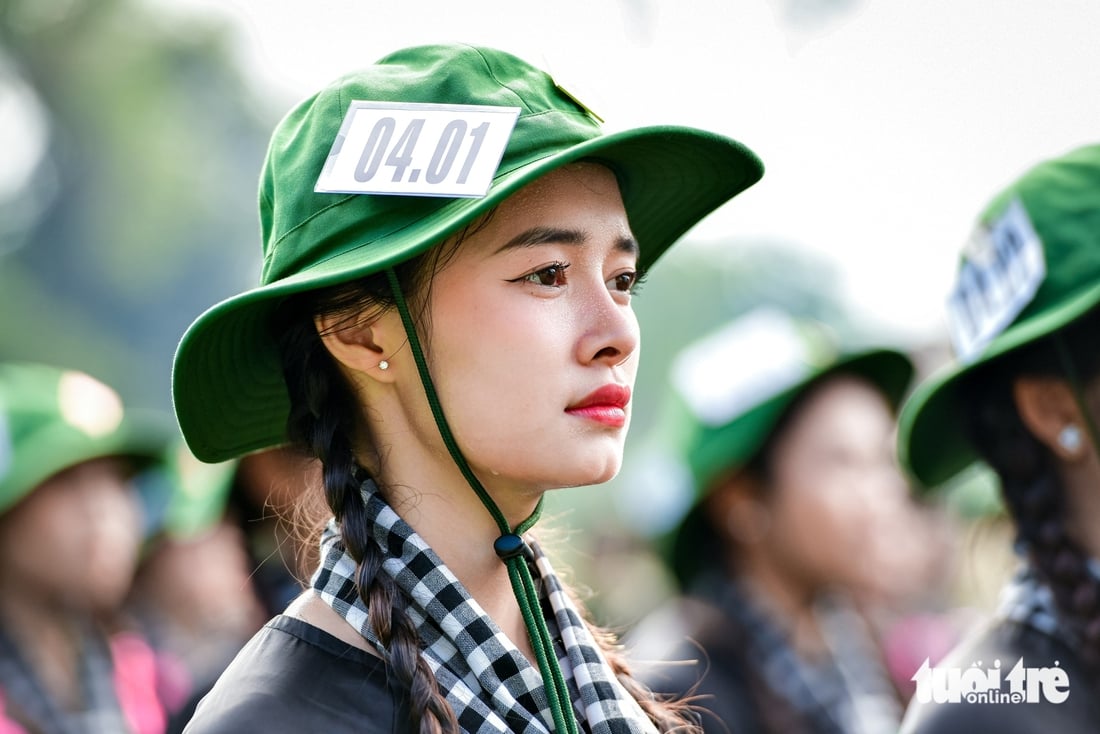


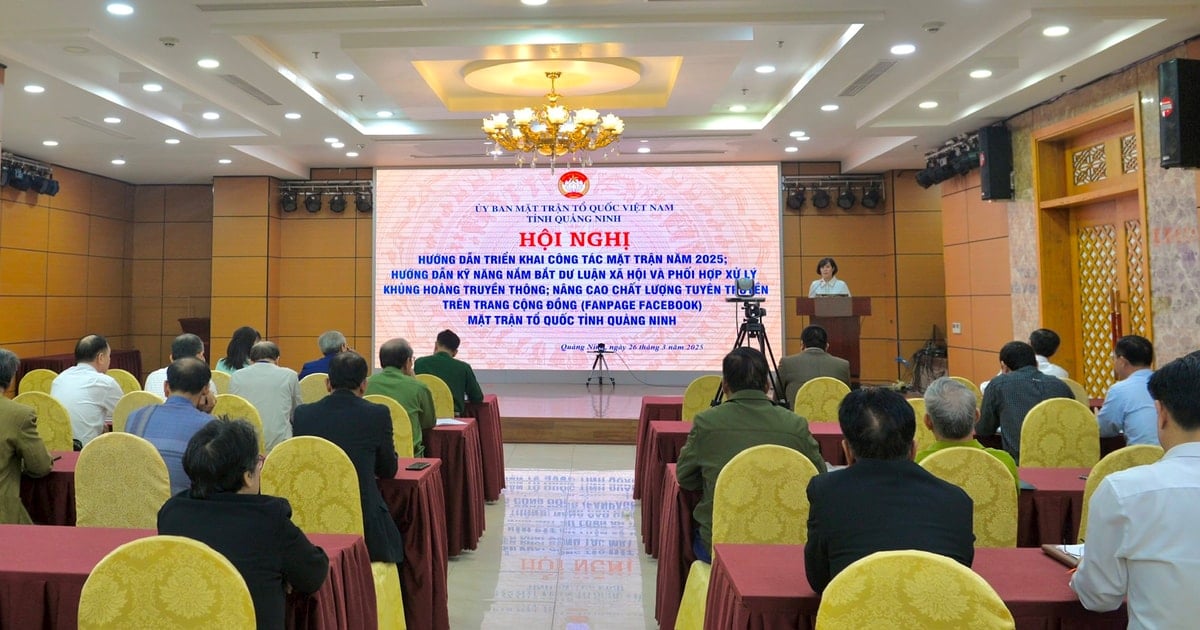

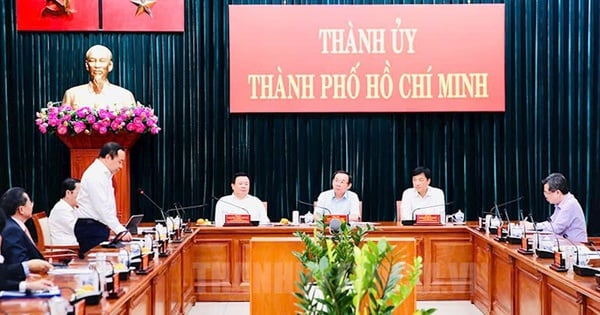


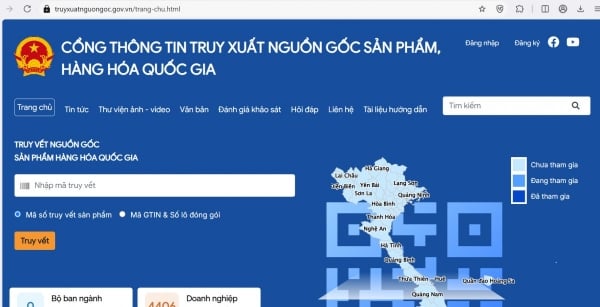

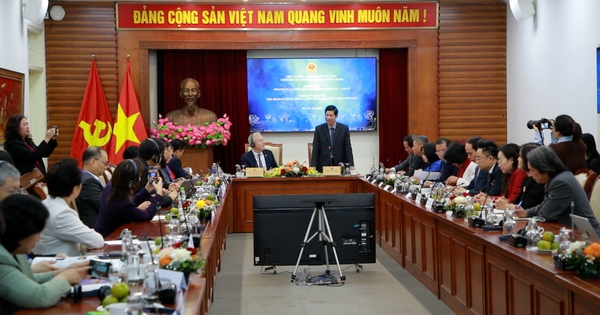
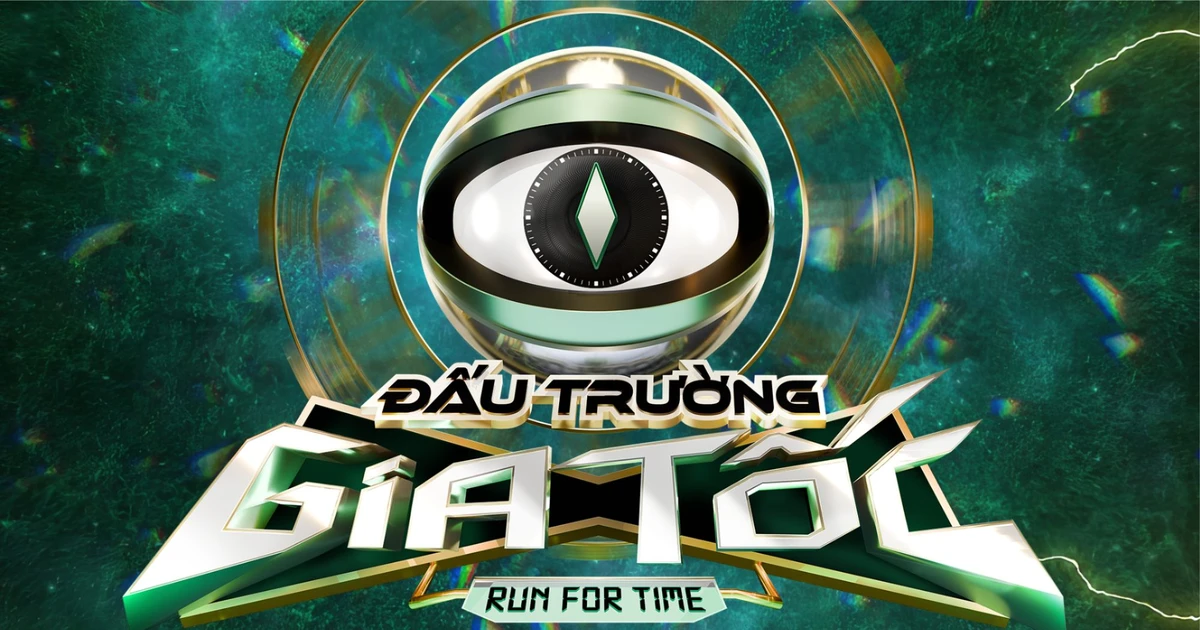
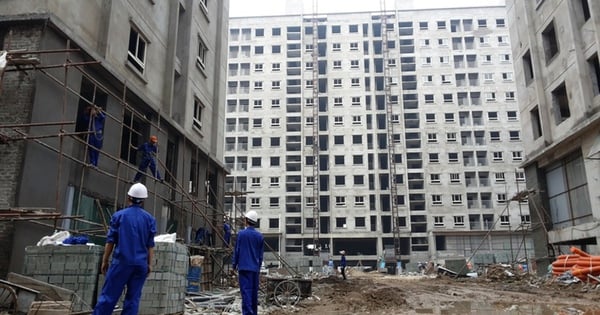
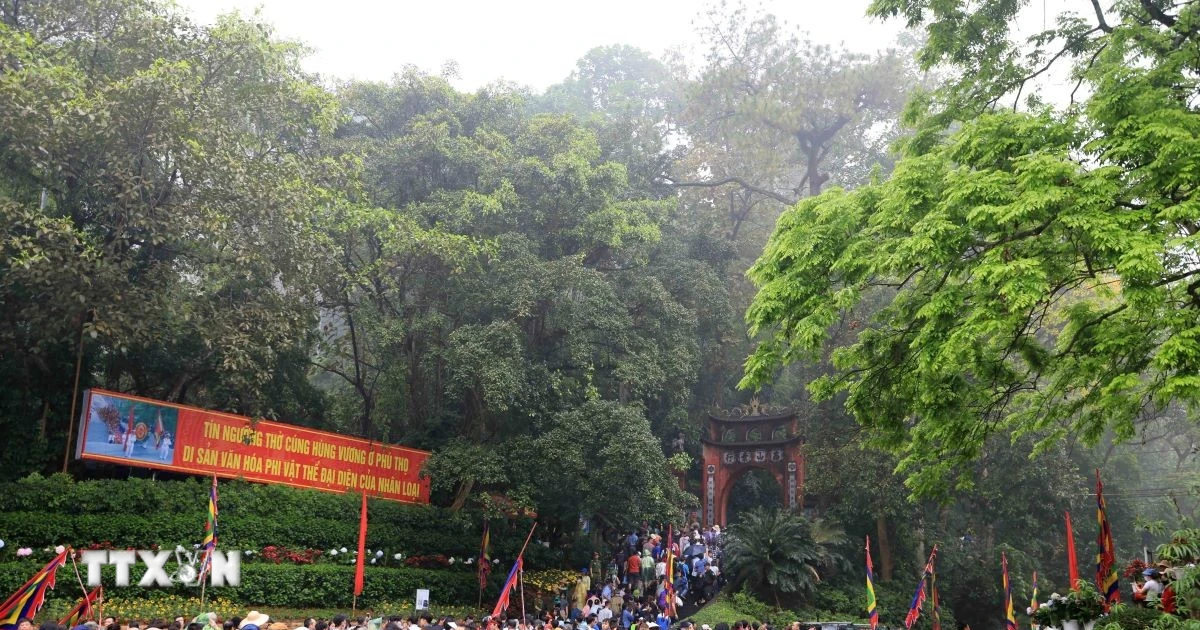
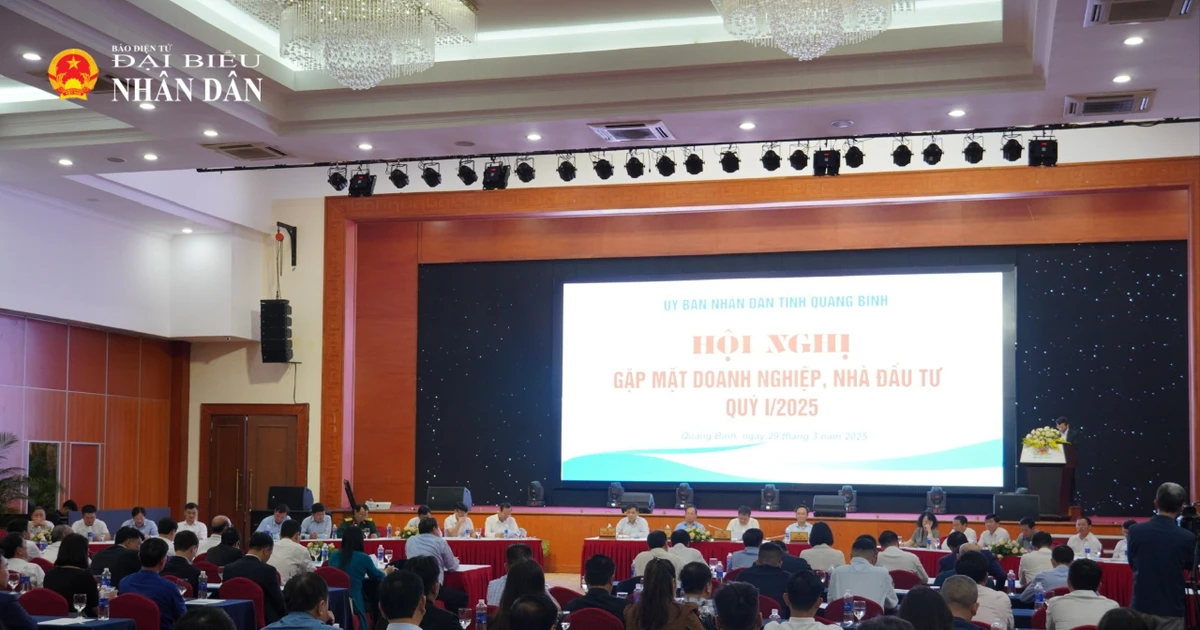
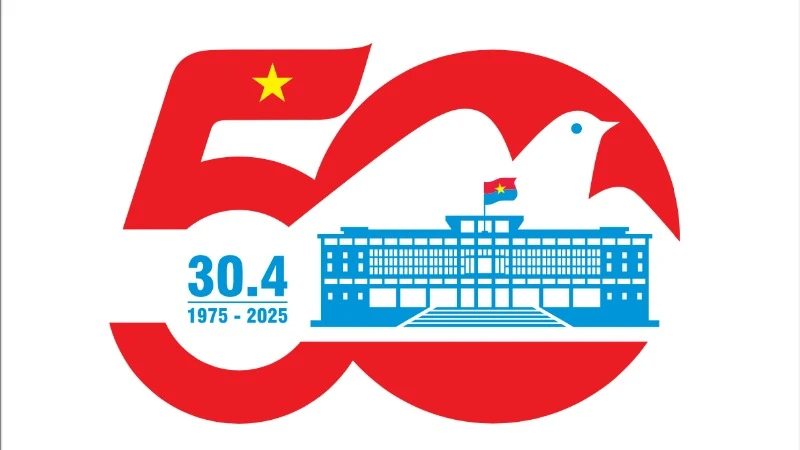






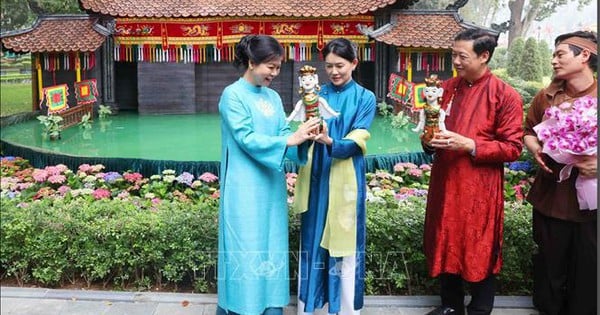
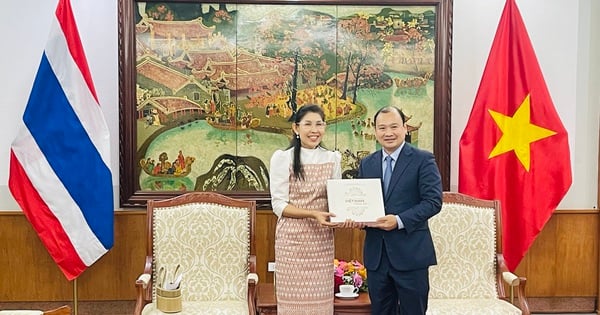
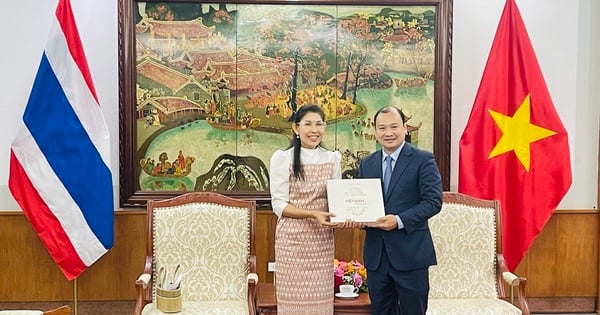
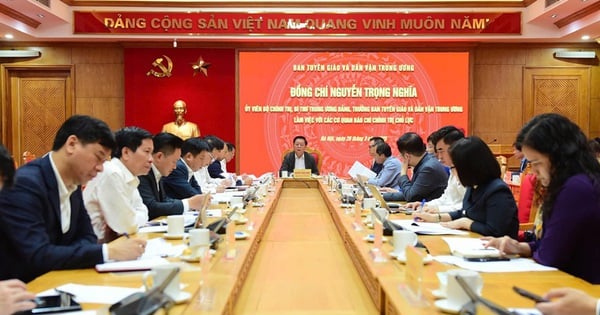
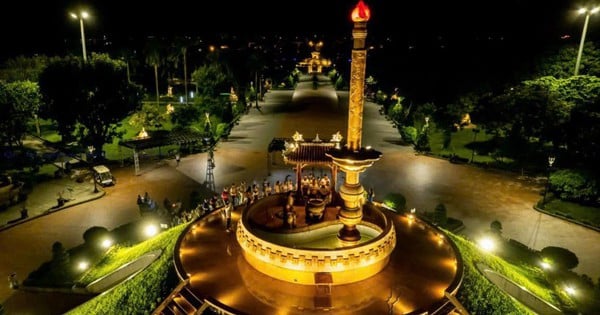





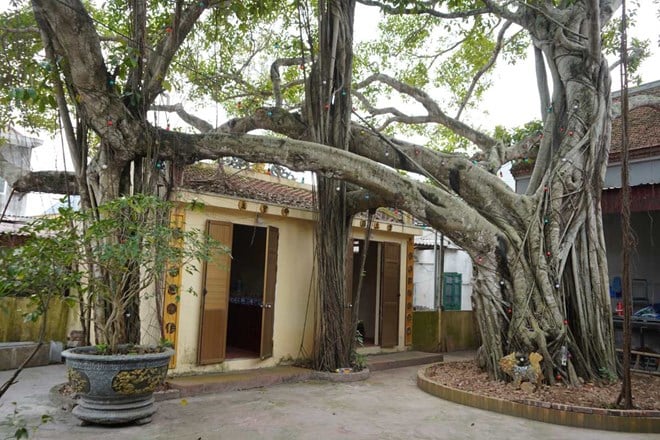

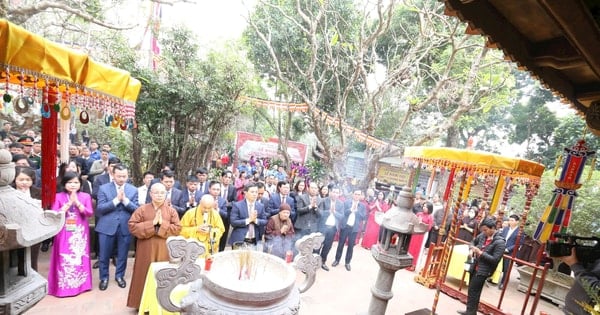



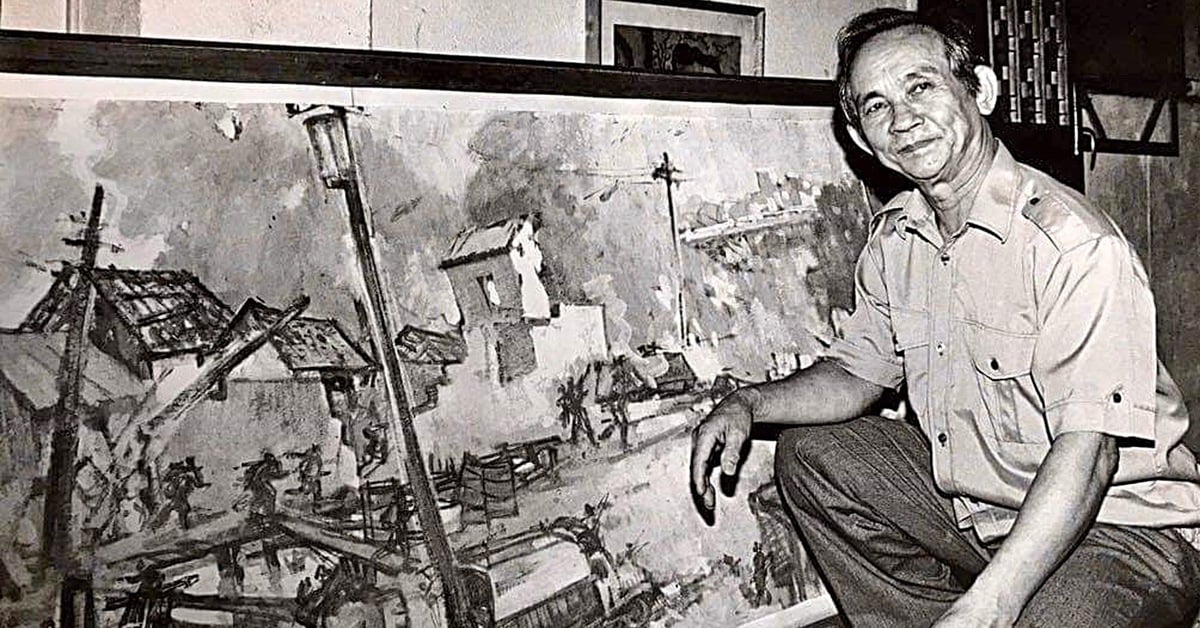


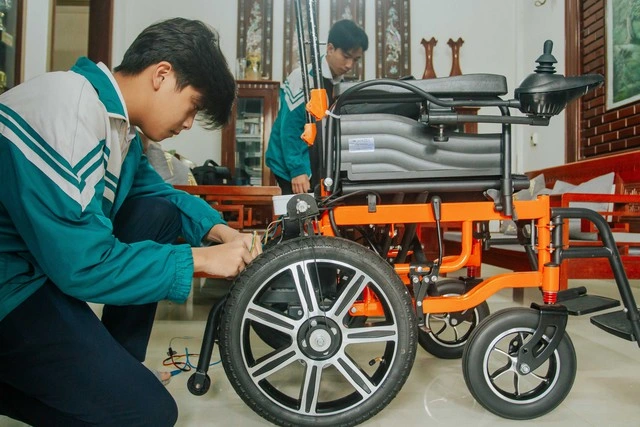













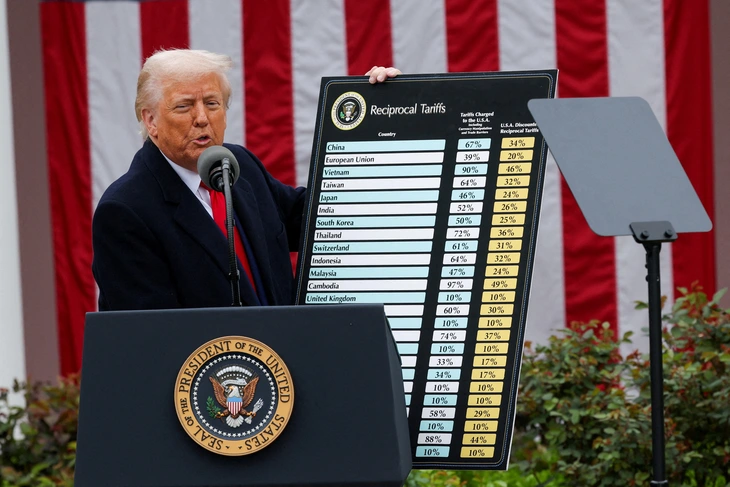
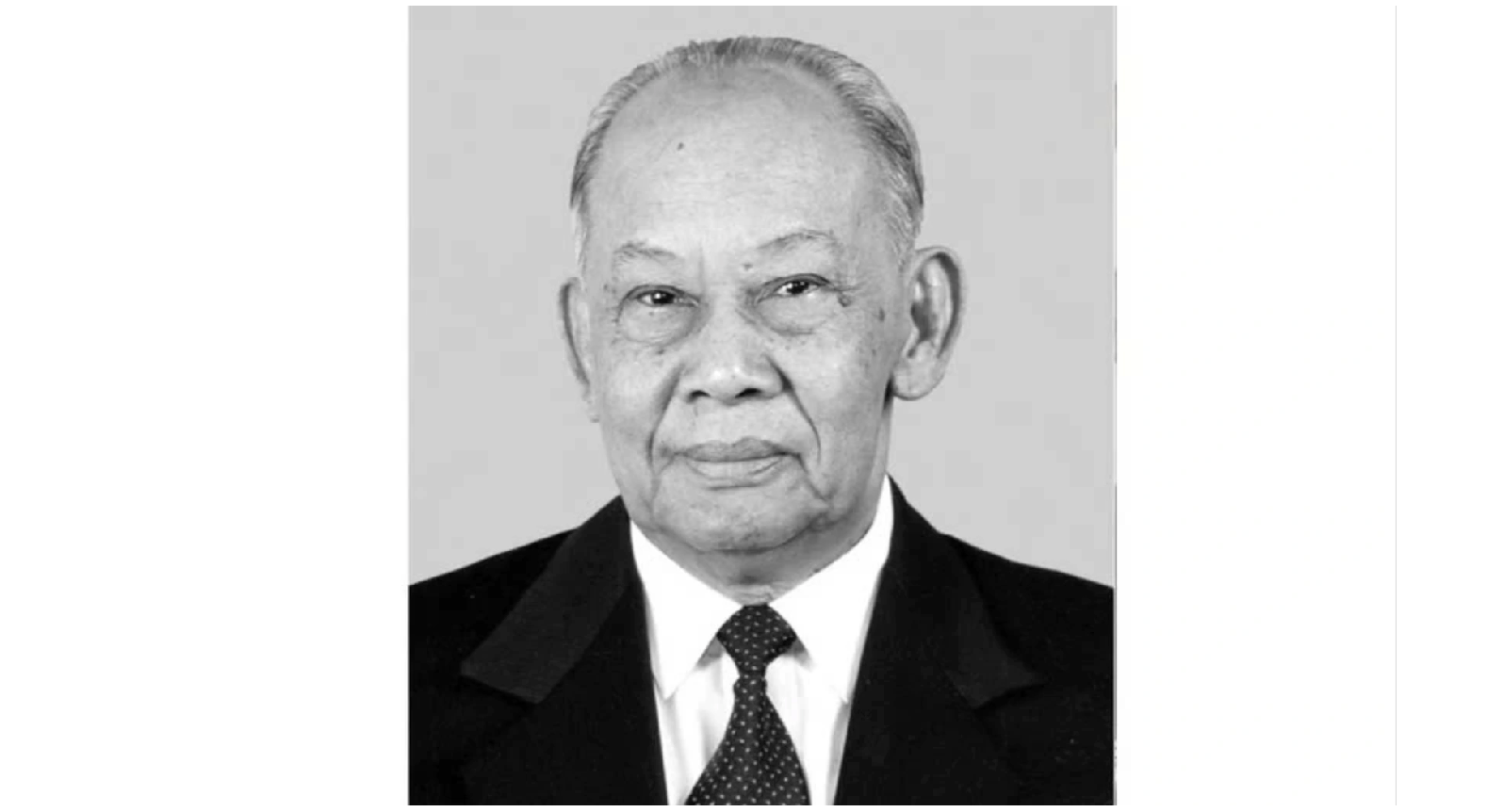
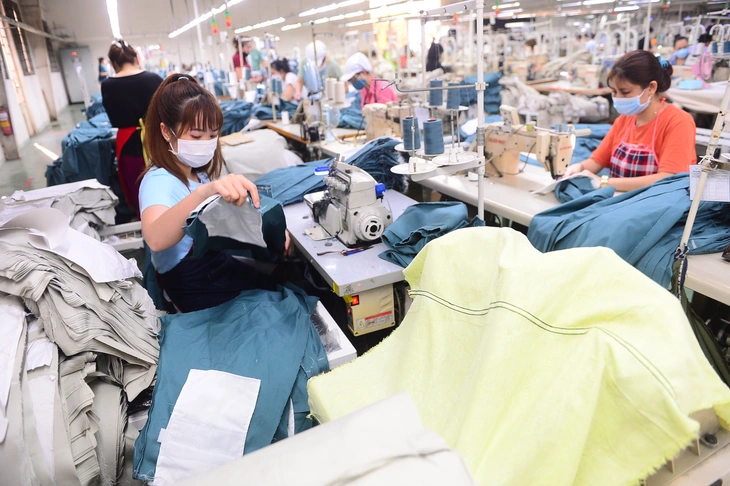


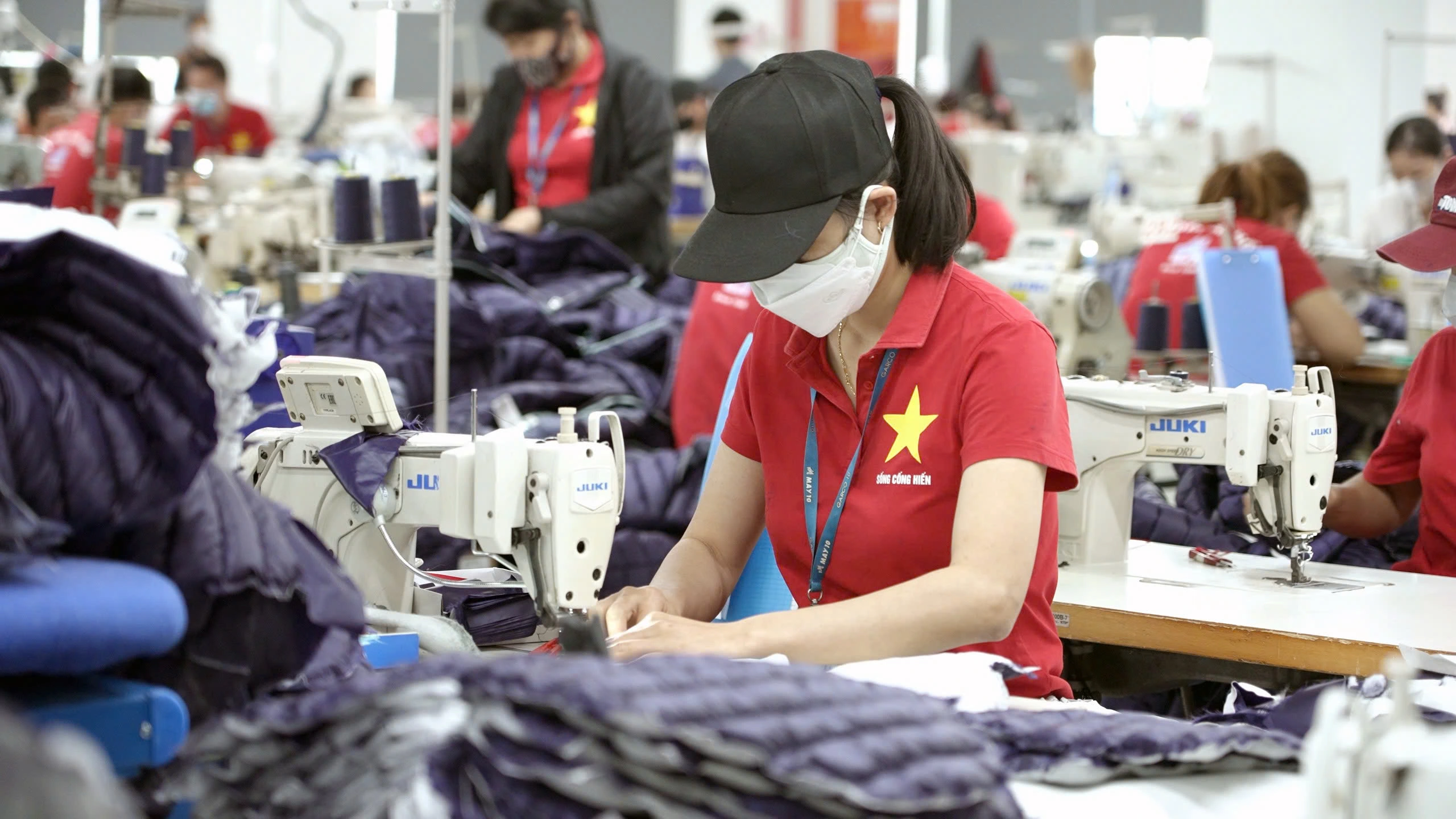


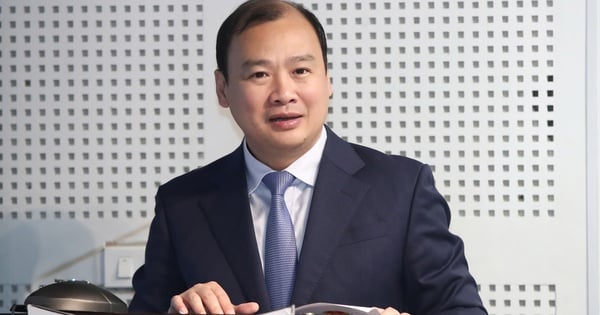

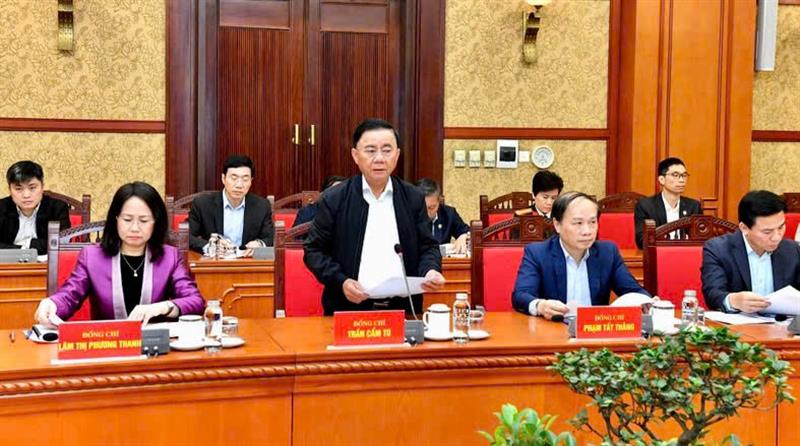



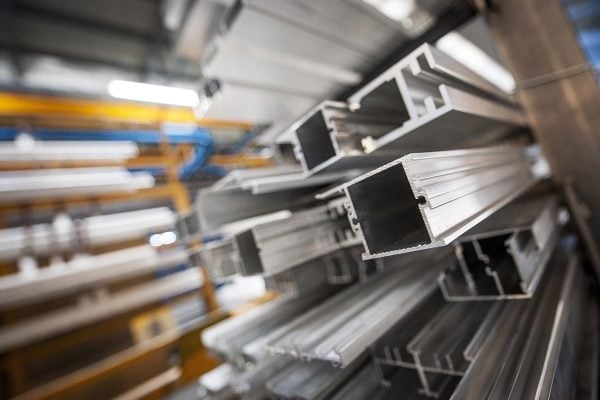
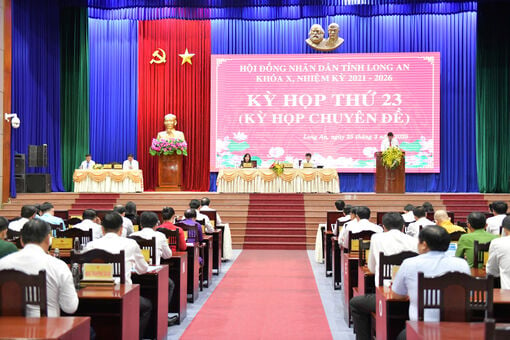
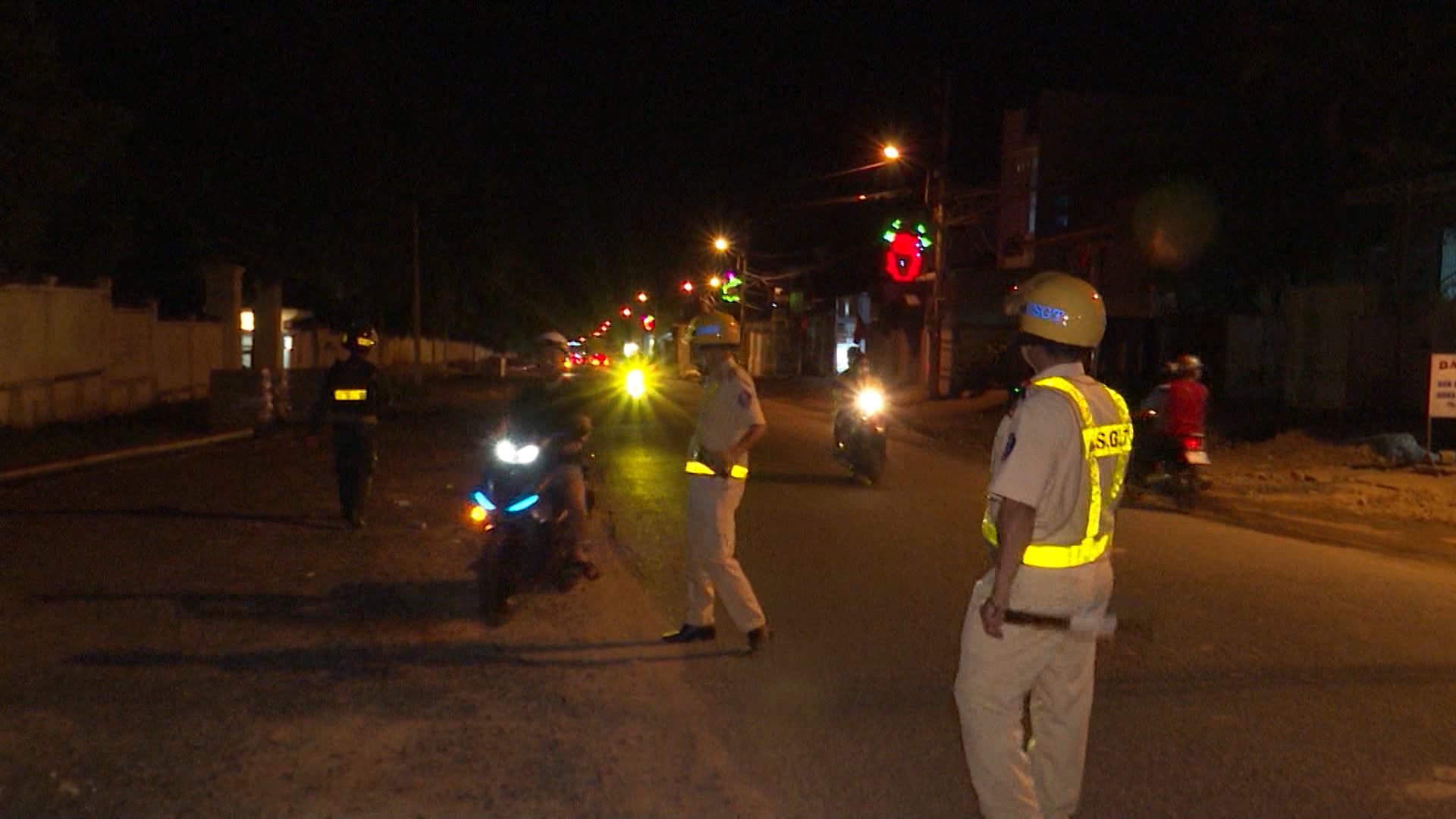


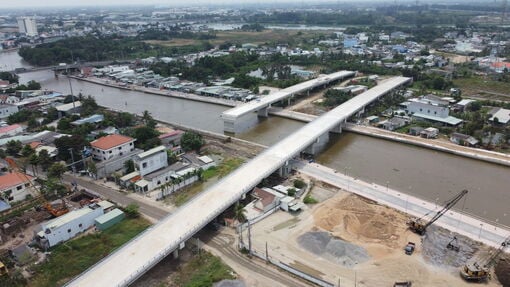
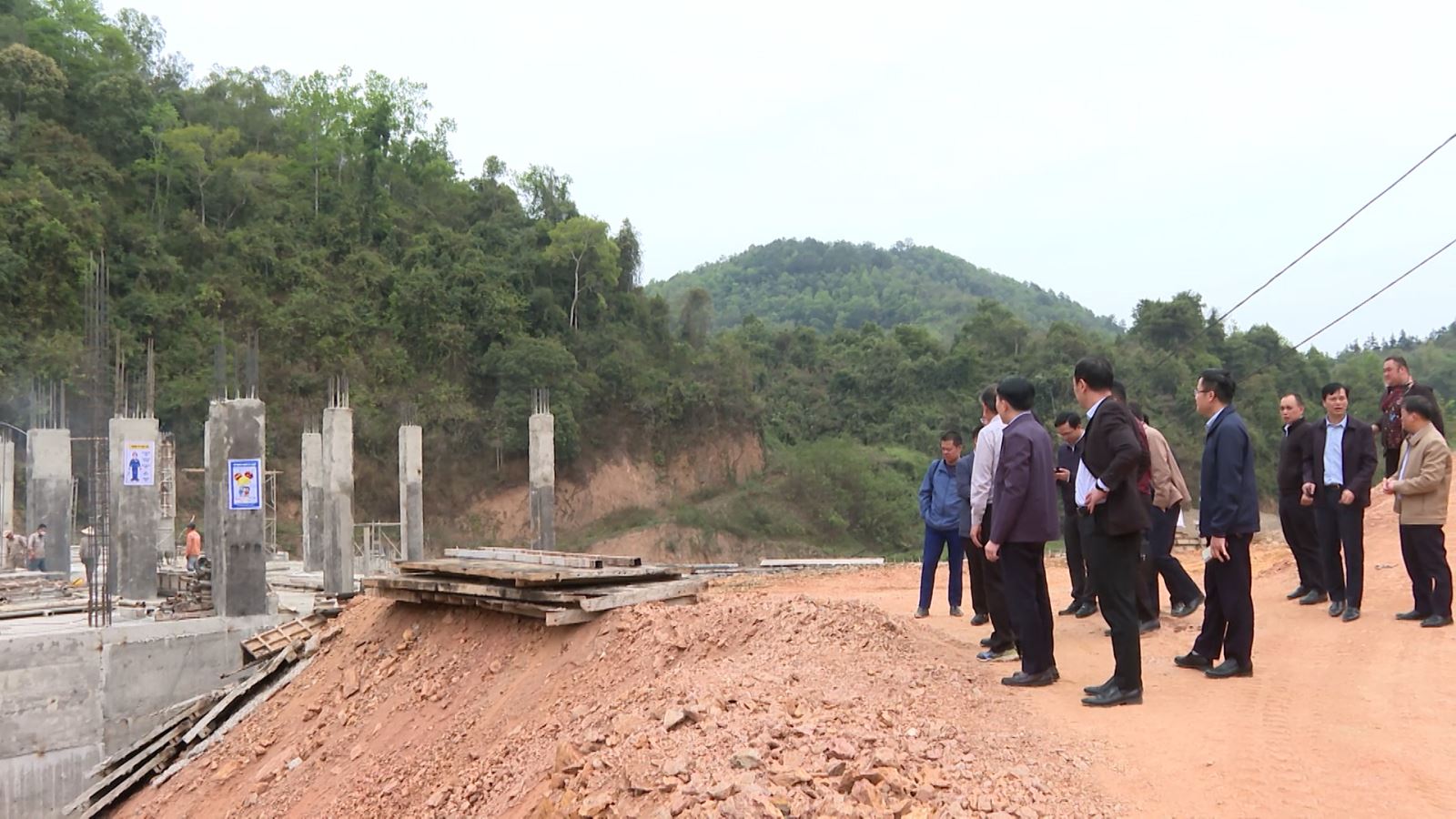













Comment (0)